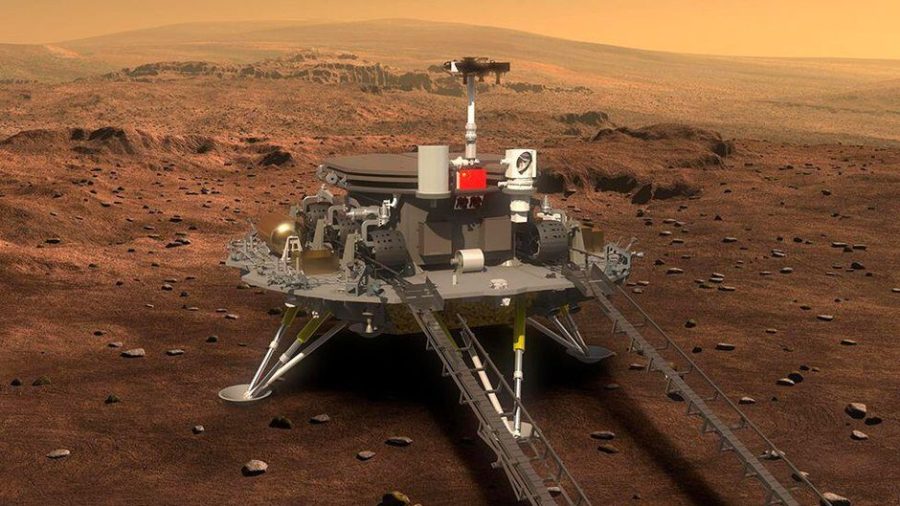Under a long-term plan to establish a permanently populated colony on Mars and exploit its resources, China aims to launch its first crewed trip to Mars in 2033, with frequent follow-up missions.
After China landed a robotic rover on Mars in mid-May as part of its first trip to the planet, the ambitious plan was revealed in full for the first time. It will intensify a competition with the US to deploy people on Mars.
Crewed missions to Mars are planned for 2033, 2035, 2037, 2041, and beyond, according to Wang Xiaojun, the president of China’s major rocket manufacturer, who spoke at a recent space exploration conference in Russia via video connection.
China will send robots to Mars before crewed missions begin to investigate potential bases and develop methods to harvest resources there, according to the official China Space News, quoting Wang, the director of the China Academy of Launch Vehicle Technology.
Crews would need to be able to utilize the planet’s resources, such as retrieving any water under the surface, creating oxygen on-site, and producing power, in order to live on Mars.
China will also need to build technologies to return astronauts to Earth.
By the end of 2030, an uncrewed round-trip mission to collect soil samples from the planet is anticipated.
NASA, the United States’ space agency, has been working on technologies to send a crew to Mars and return by the 2030s.
According to Wang, China’s Mars plan calls for fleets of spacecraft to shuttle between Earth and Mars, as well as significant resource exploitation.
In addition to conventional chemical propellants, spacecraft would have to harness energy produced by nuclear processes in the form of heat and power to reduce journey time, Wang added.
According to him, China will have to complete round flights with a total flying duration of “a few hundred days.”
Around 2030, China plans to establish a base near the Moon’s south pole and send robotic missions to asteroids and Jupiter.
China sent three astronauts to an unfinished space station this week, marking the country’s first crewed trip since 2016, bolstering its increasing near-Earth presence and threatening the United States’ dominance in orbital space.










